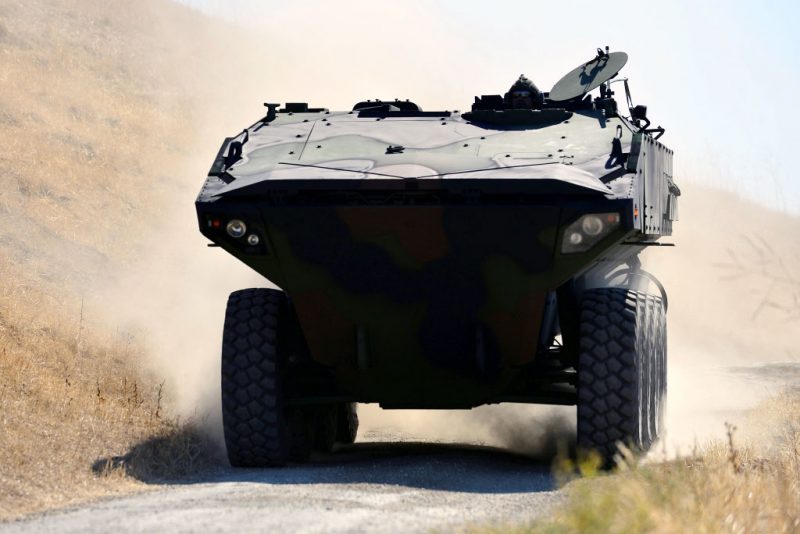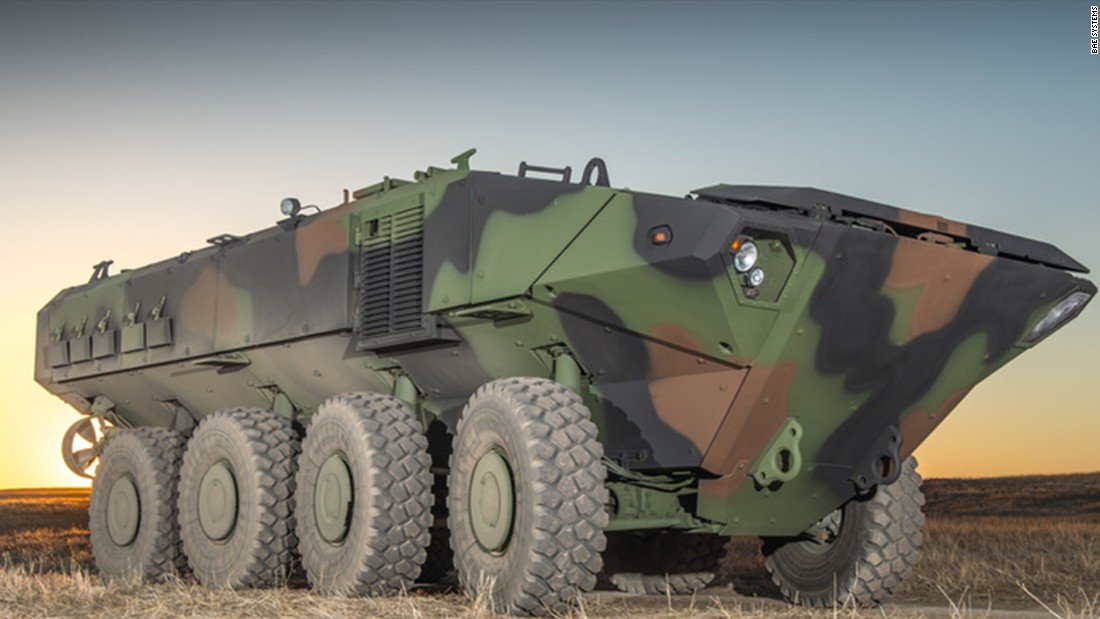U.S. Marine Corps uses its newest ACVs during exercise in Twentynine Palms

The United States Marine Corps has announced that the long-awaited Amphibious Combat Vehicles (ACV) are being used during exercise.
For the first time, the 1st Marine Division fielded its new ACVs during Marine Air Ground Task Force Warfighting Exercise (MWX) 2-21 at Marine Corps Air Ground Combat Center, Twentynine Palms, Calif.
MWX is the culminating event of the service-level training exercise, challenging Marines to fight against a free-thinking adversary with similar capabilities in a force on force environment.

The details were given in a Marine Corps media release, to announce that MWX 2-21 was the first time ACVs have been employed in a 1st Marine Division training exercise.
The ACV is an eight-wheeled vehicle that will provide protection akin to the Mine-Resistant Ambush Protected Vehicle, with landward maneuverability and mobility that is superior to that of the legacy Assault Amphibious Vehicle.
The Assault Amphibious Vehicle, or AAV, has been in service for more than 40 years, and many of its components and parts are obsolete and no longer manufactured. Because of this, the vehicles are becoming increasingly costly and difficult to maintain. That, and the changing environment in which Marines find themselves plagued by the improvised explosive device threat, has produced a need for a new, more survivable combat vehicle that can maneuver from ship to shore and beyond.
Expeditionary and modernized in design, the ACV integrates with naval shipping and ship-to-shore connectors. The ACV’s ability to use the ocean and waterways to carry Marines and equipment make it well-suited for various operating environments, including Expeditionary Advanced Base Operations.
In the future, the Corps intends to develop, procure and field three additional variants that specialize in command and control, recovery operations and increased firepower.







